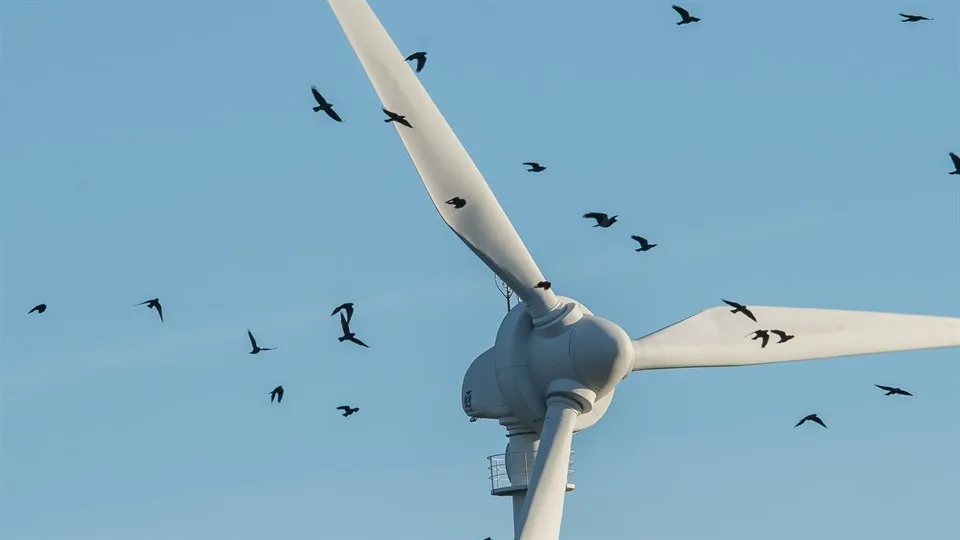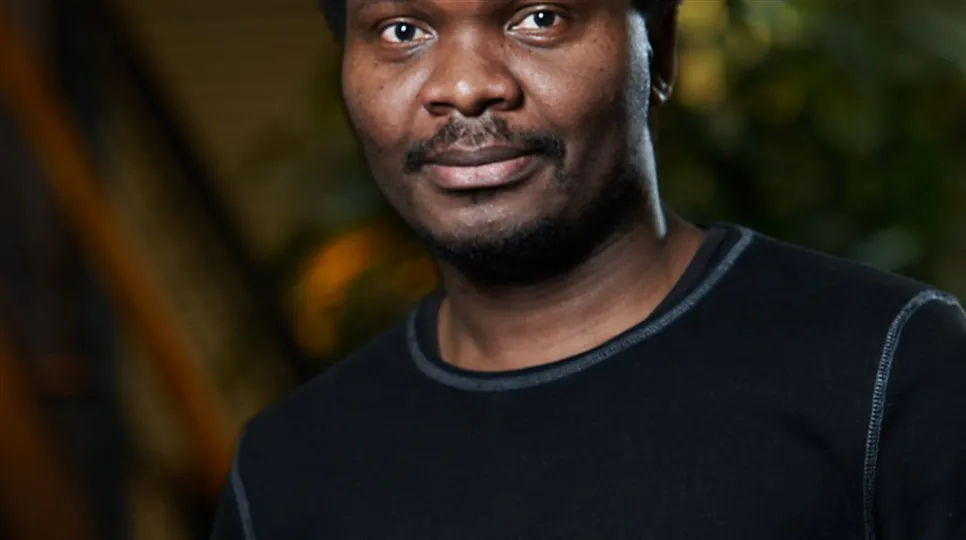In birds' best interests
Movement is a three-year research project that is developing tomorrow's technology for studying wind power's impact on birds. The research can contribute to bird life being spared at the same time as the technology is developed to investigate totally different things than birds at wind power installations.
Wind power is a renewable and clean source of energy generated by turbines erected in open fields and coastal waters around Sweden. This form of energy has several important advantages but the turbines’ rotating arms unfortunately constitute a danger to birds, which can be hurt or in the worst case killed if they fly into them.
Because the number of wind power stations is growing, birds’ natural movement patterns should be taken into consideration when new wind power stations are constructed. Successful construction of a wind power station with minimum danger to bird life, however, requires understanding of the birds’ movement patterns and preconditions.
“Our intention is to use camera-based sensor networks to identify eagles and create an understanding of their movement patterns. Our findings can be used to plan the operation of wind power stations so that they do not harm the eagles but also be of great benefit when planning new wind power stations,” says Najeem Lawal, researcher in embedded systems and machine vision at Mid Sweden University’s research centre STC.
The researchers use so-called visual sensor networks (VSN) that consist of a number of cameras that make up nodes in an interconnected system. The VSN technology enables simultaneous surveillance of large areas and is therefore considered to be more efficient and reliable than if a human tries to monitor the same area.
The challenge in the Movement project is to develop a tool to monitor birds that is cheaper and more efficient than those used at present. The tools used previously have limited battery life and data storage at the same time as they are expensive to install. The researchers therefore want to develop several different tools that are both functional and cost-effective.
“Creating camera nodes that can in real time monitor a large area with minimal energy usage and at low cost is a challenge that includes energy-efficient calculations for image analysis, camera architectures and methods for positioning camera nodes,” Najeem goes on.
A first test of eagle surveillance was carried out in May 2018 where four cameras were erected on Mid Sweden University’s campus. Shortly afterwards the technology was tested in its intended environment, this time with cameras installed at Vattenfall’s wind power station at Skagen in Denmark. During the course of the test large quantities of data were collected that are being used in further development at the same time as it provided valuable experience of practical challenges.
The research, which is being financed by the KK Foundation, is being conducted by Mid Sweden University in collaboration with Vattenfall, InSitu and Combitech. The companies have explicit expectations as regards how the project can strengthen their operations. The project focuses on developing a technology for studying birds close to wind power plants in the hope of it also being able to be used in other contexts.
Vattenfall wants to be able to study bird populations, identify species and analyse collisions. InSitu wants to study possibilities to monitor large volumes of air cost-effectively. Combitech is looking for a cost-effective method of identifying ice build-up and increasing safety at wind power stations. Combitech is also interested in being able to identify and analyse drones’ movements. The project will run until March 2019 and hopefully the technology will in a few years’ time contribute to protecting endangered bird species and other birds. The technology can also save money and resources for organisations in other fields where a need to monitor large volumes of the air is also perceived.
Read more

